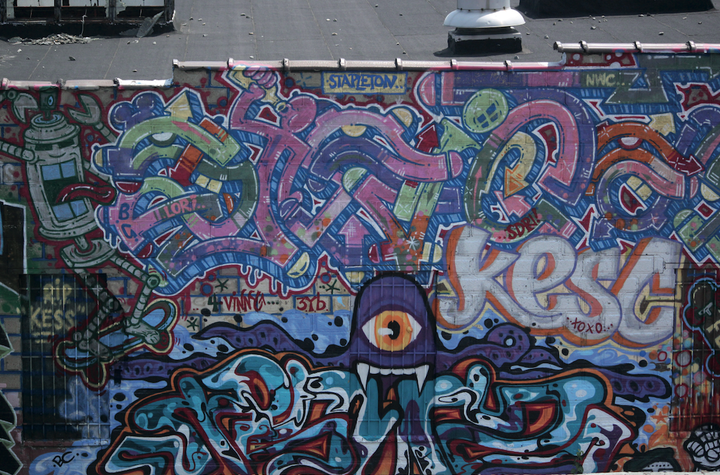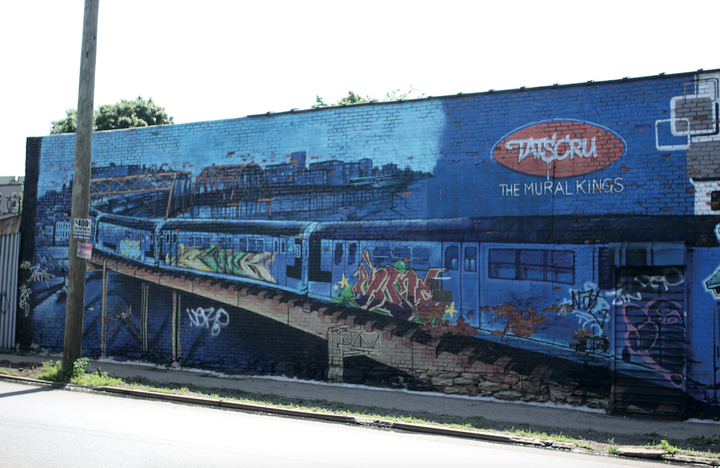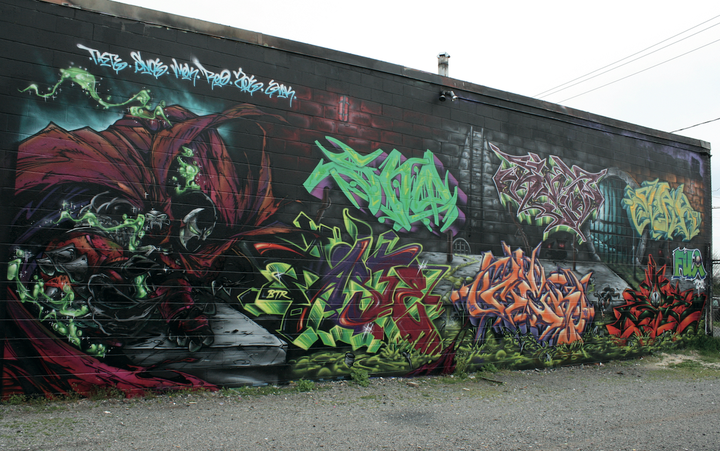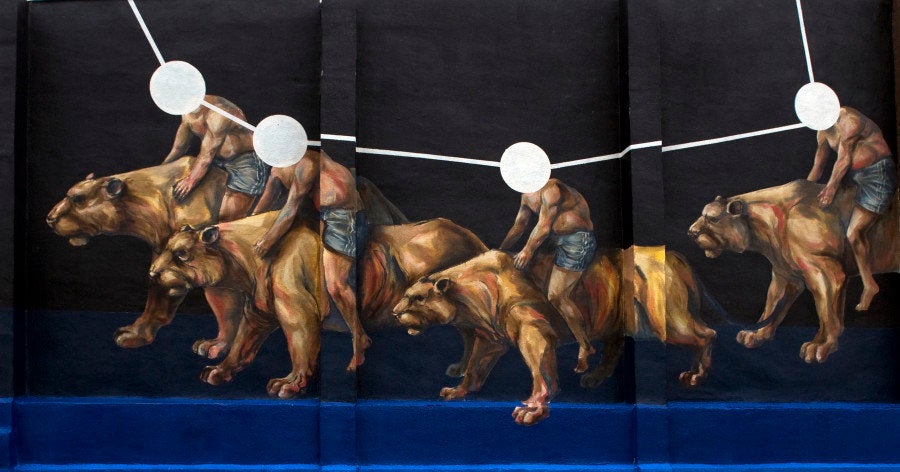Street art is an important part of history and identity for many metropolises, and this photographer is working to keep that image intact.
Patrick Verel, a journalist and photographer, has completed a series of case studies on graffiti in three American cities to illustrate why street art is important to keep urban areas and their residents energized and inspired. Compiling these studies in his newest book, Graffiti Murals: Exploring the Impacts of Street Art, Verel hopes to show how artists and building owners can come together to foster the creation of artwork that can be viewed as beautifying and reviving a city, rather than destroying it.

“A lot of attention is given to the 'broken windows' theory, which says that signs of disorder like petty vandalism, fare jumping … and yes, graffiti, open the window to larger crimes,” Verel told The Huffington Post. “But little is paid to the ways graffiti is harnessed for good in a form that’s both constructive and authentic.”
To focus on this constructive creation, Verel explored how graffiti murals are created in Jersey City and Trenton in New Jersey as well as in New York City. With titles like “Art that Lifts a Struggling City” and “Back in Action under the Tracks,” the studies seek to expose a bright underbelly to areas that have experienced hardship, or viewed as desolate and colorless.

“[This is a] cost-effective way both to keep surfaces free from vandalism and to create visual cues to residents that the place they call home is desirable,” Verel writes in the preface of the book. “This is in direct contrast with blank walls, which may be seen as a sign of order within a chaotic urban environment, but offer no respite from otherwise drab surroundings.”
Specifically, he observed “independent graffiti murals” that are designed and implemented by artists with a personal connection to the neighborhood in which they are installed -- and in many of the cases, are created with the permission of the building owner. This relationship can then help develop positive interactions between businesses and members of their community.

“When one of these graffiti murals comes together, you get the best of both worlds: jaw-dropping artistic talent from men and women who’ve in many cases honed their craft for decades, and partnerships between them and local property owners that will outlast the very art they’re creating,” Verel told HuffPost.

However, the photographer is clear that his aim is not to say tagging and graffiti should be decriminalized altogether. Art illegally installed on the front door of business without permission or on the window of the subway is “jarring and upsetting,” Verel says, and “interferes with people’s everyday activities.” Rather, when completed as a collaboration, with respect to the building and its owners and occupants, street art can keep cities aesthetically appealing places to live.
H/T City Lab
Also on HuffPost:


